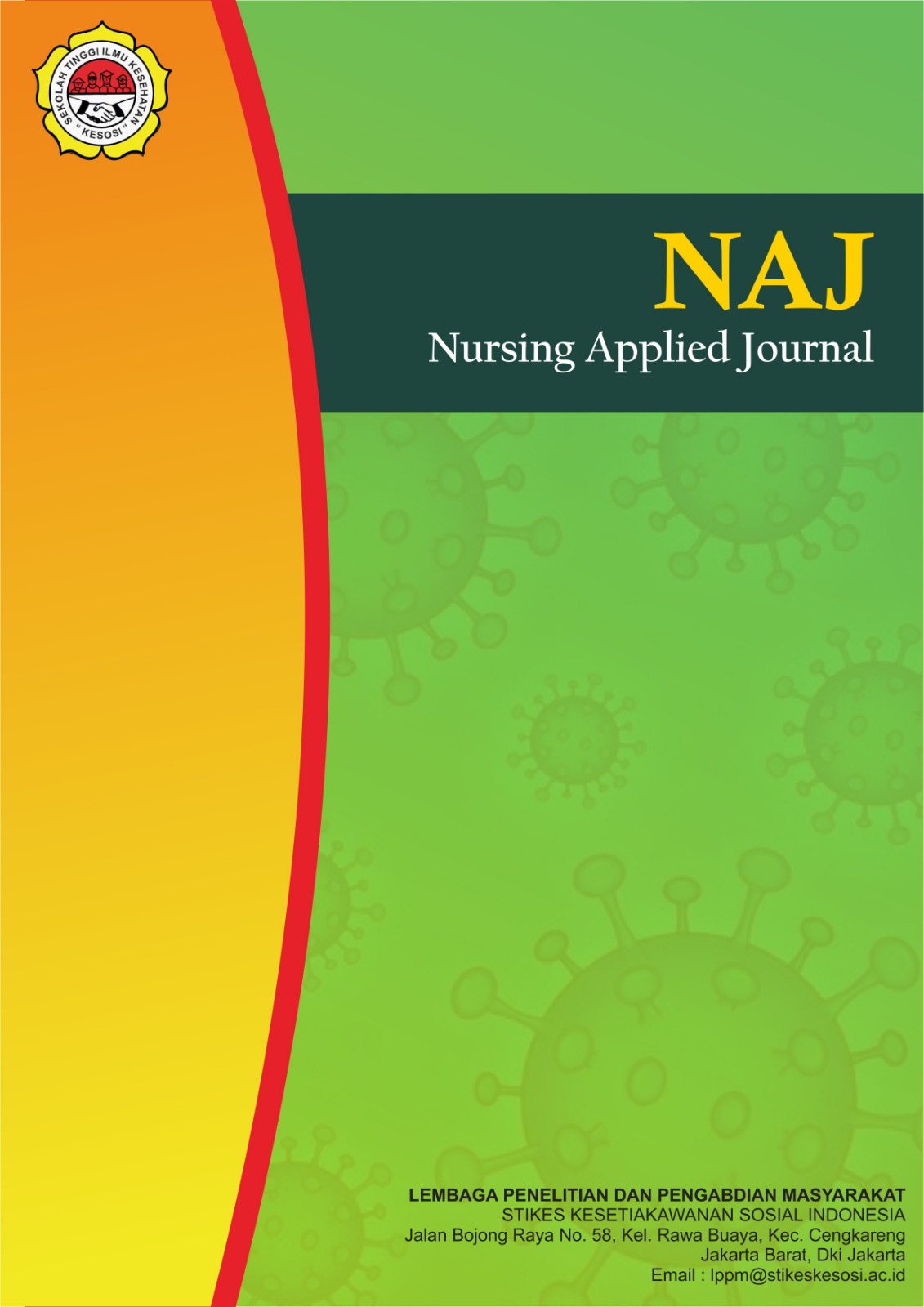Toksoplasmosis Kehamilan
DOI:
https://doi.org/10.57213/naj.v3i1.517Keywords:
Toxoplasmosis, Pregnant women, fetal infection, newborns, preventionAbstract
Toxoplasmosis is caused by the protozoa Toxoplasma gondii. It often occurs in newborns, who are infected in the womb. Toxoplasmosis in pregnant women will experience abortion, intrauterine fetal death, if the baby survives due to active infection can occur by serious central nervous system defects and can cause mental retardation. Toxoplasmosis in pregnancy causes transmission of toxoplasma gondii through the uteroplacental circulation to the fetus. Laboratory tests performed are anti-toxoplasma IgG and IgM, and anti-Toxoplasma IgG avidity. These tests need to be performed on mothers suspected of being infected with Toxoplasma gondii before or during pregnancy, as well as on newborns from mothers infected with toxoplasma gondii. Spiramycin is given to women suspected of having acute toxoplasma infection in the first trimester or early second trimester, and will be given until delivery. For pregnant women who are likely to have a high infection or have had an infection in the fetus, treatment with spiramycin should be assisted after 18 weeks of pregnancy with pyrimethamine, sulfadiazine, and folic acid. Therefore, pregnant women should be prevented from toxoplasma infection or given treatment as early as possible.
References
Chahaya, I. S. (2003). Epidemiologi Toxoplasma gondii. USU Digital Library. http://repository.usu.ac.id/handle/123456789/1460
Dalgıç, N. (2008). Congenital Toxoplasma gondii infection. Marmara Medical Journal, 21(1), 89–101. https://dergipark.org.tr/en/pub/marumj/issue/362/2860
Hiswani, D. (2003). Toxoplasmosis: Penyakit zoonosis yang perlu diwaspadai oleh ibu hamil. USU Digital Library. http://repository.usu.ac.id/handle/123456789/1456
Kravetz, J. D., & Federman, D. G. (2005). Toxoplasmosis in pregnancy. The American Journal of Medicine, 118(3), 212–216. https://doi.org/10.1016/j.amjmed.2004.08.023
Lopes, F. M. R., Gonçalves, D. D., Mitsuka-Breganó, R., Freire, R. L., & Navarro, I. T. (2007). Toxoplasma gondii infection in pregnancy. The Brazilian Journal of Infectious Diseases, 11(5), 496–506. https://doi.org/10.1590/S1413-86702007000500011
Meenken, C., Assies, J., van Nieuwenhuizen, O., Holwerda-van der Maat, W. G., van Schooneveld, M. J., Delleman, W. J., Kinds, G., & Rothova, A. (1995). Long-term ocular and neurological involvement in severe congenital toxoplasmosis. British Journal of Ophthalmology, 79(6), 581–584. https://doi.org/10.1136/bjo.79.6.581
Montoya, J. G., & Remington, J. S. (2008). Management of Toxoplasma gondii infection during pregnancy. Clinical Infectious Diseases, 47(4), 554–566. https://doi.org/10.1086/590149
Nijem, K. I., & Al-Amleh, S. (2009). Seroprevalence and associated risk factors of toxoplasmosis in pregnant women in Hebron district, Palestine. Eastern Mediterranean Health Journal, 15(5), 1278–1284. https://pubmed.ncbi.nlm.nih.gov/20214142/
Siswosudarmo, R. (1989). Toksoplasmosis pada wanita hamil. Buletin Ilmu Kesehatan, 21(2), 65–72. https://journal.ugm.ac.id/bik/article/view/4606
Suparman, E. (2012). Toksoplasmosis dalam kehamilan. Jurnal Biomedik (JBM), 4(1), 13–19. https://doi.org/10.35790/jbm.4.1.2012.744
Downloads
Published
Issue
Section
License
Copyright (c) 2025 NAJ : Nursing Applied Journal

This work is licensed under a Creative Commons Attribution-ShareAlike 4.0 International License.













